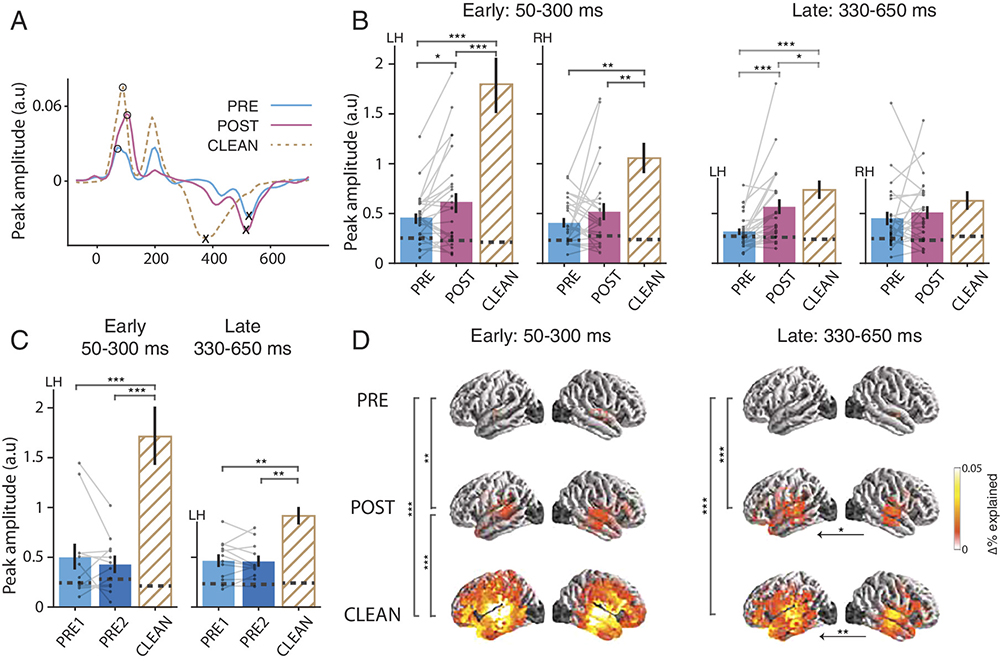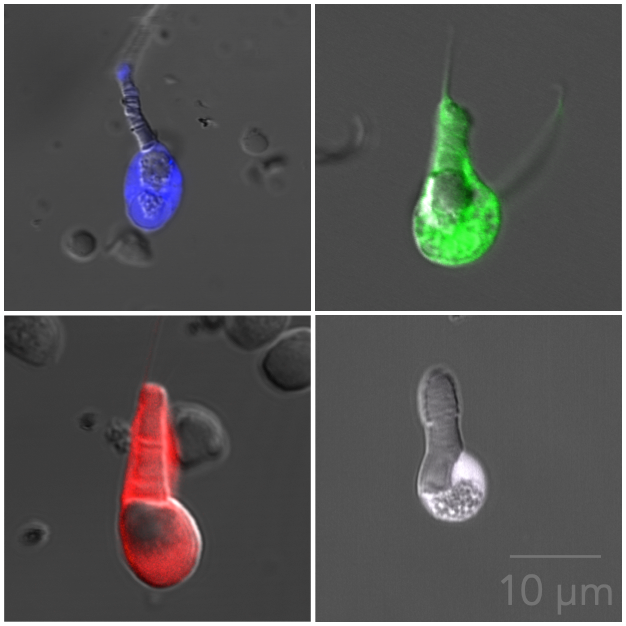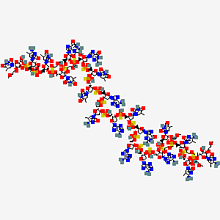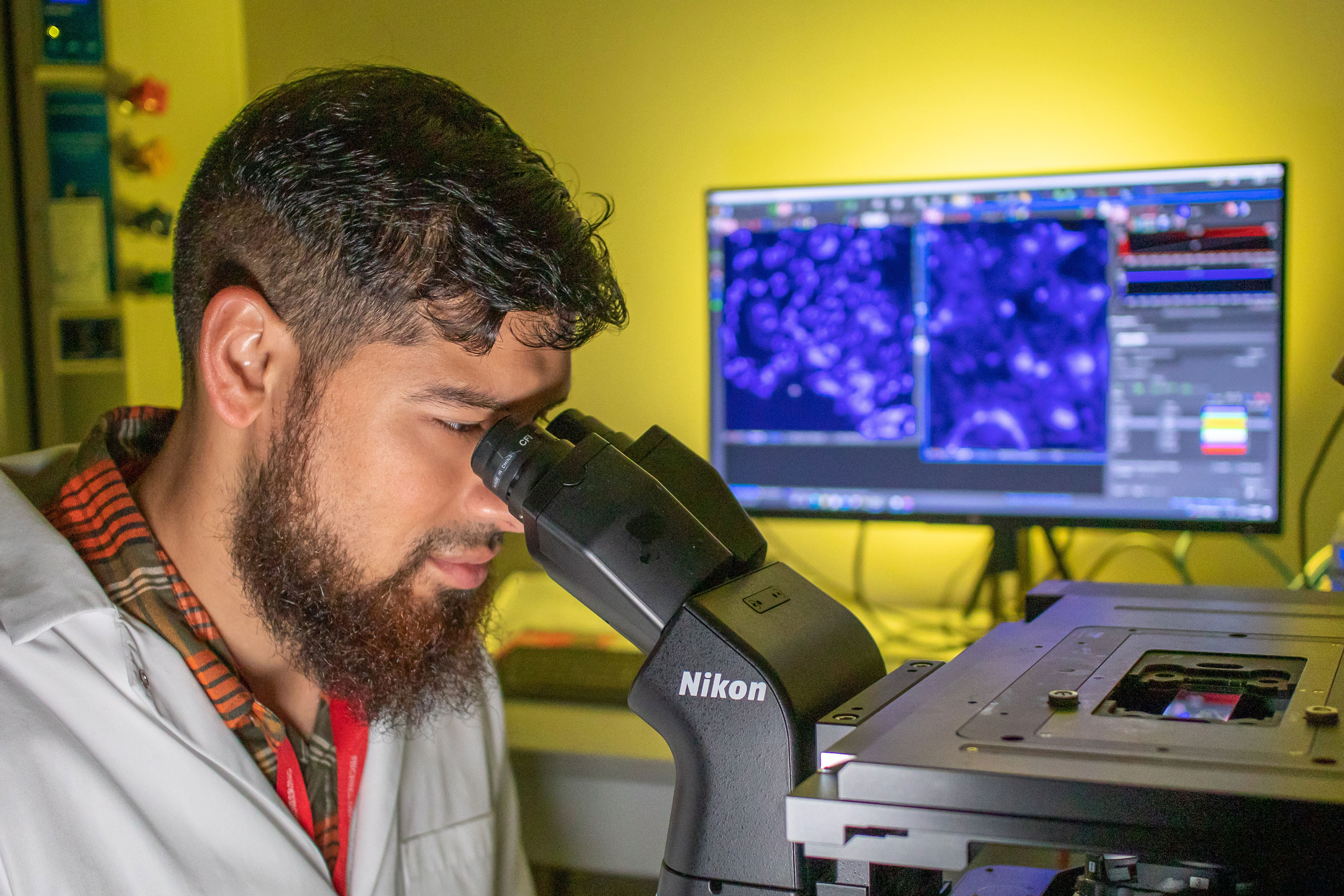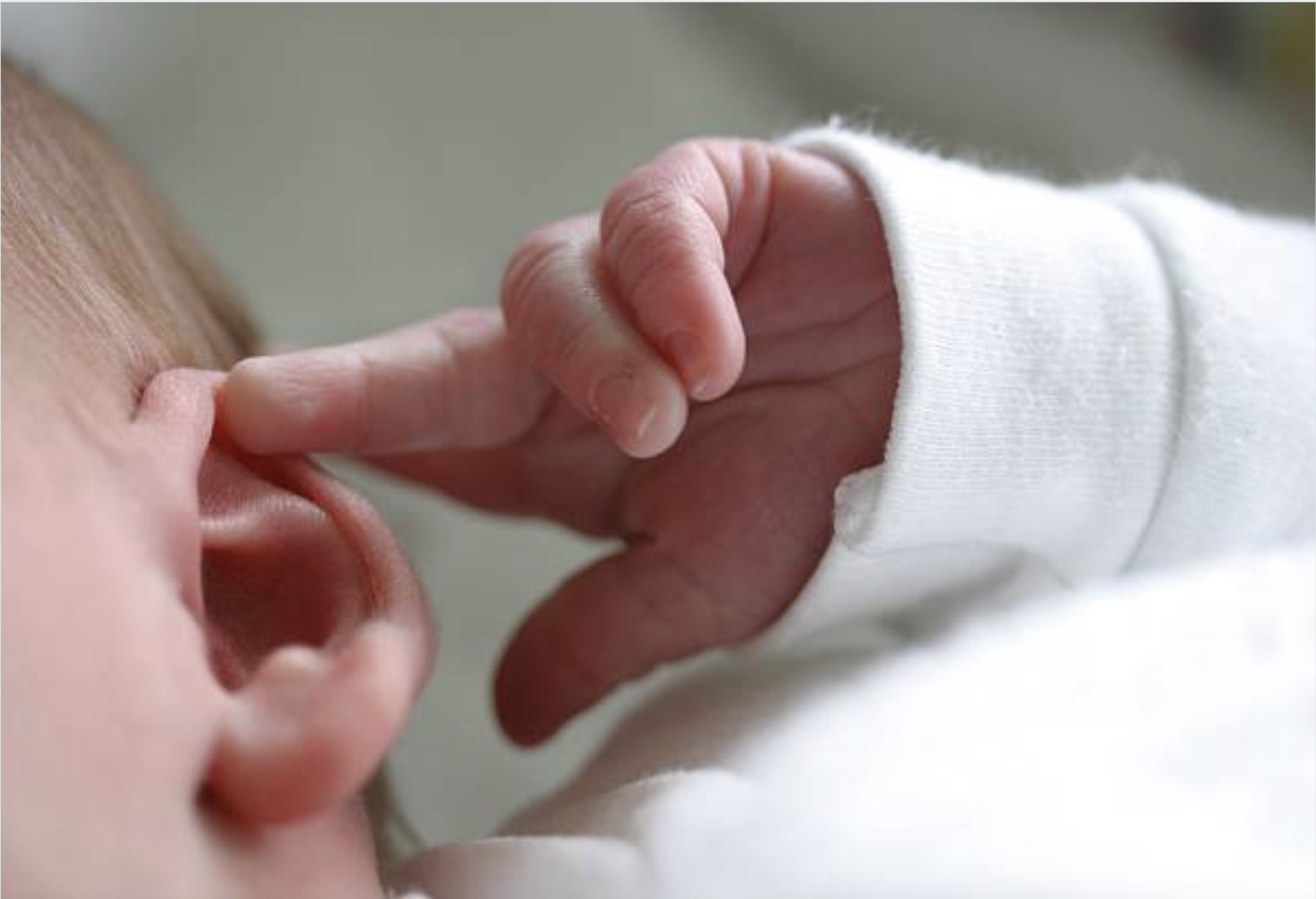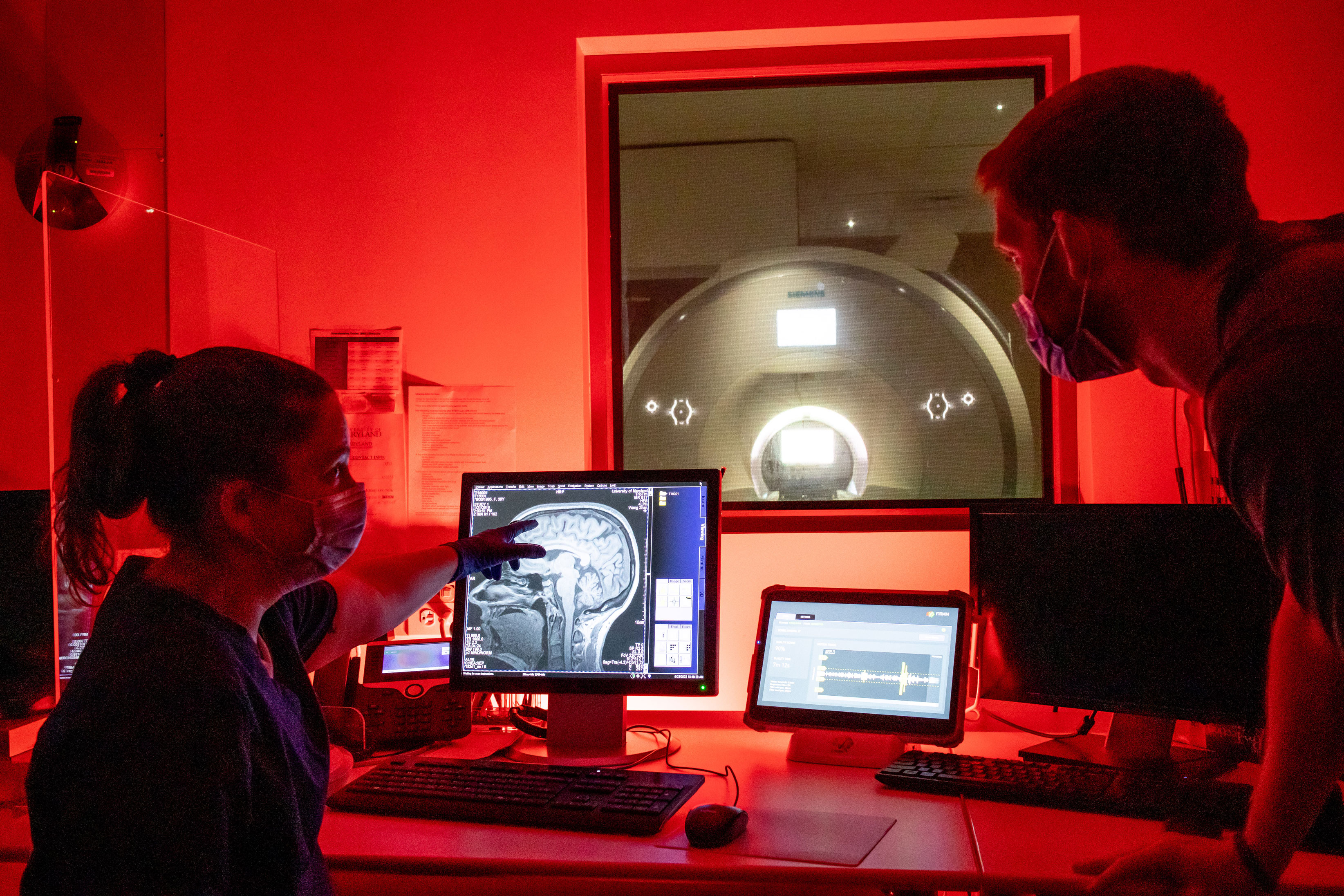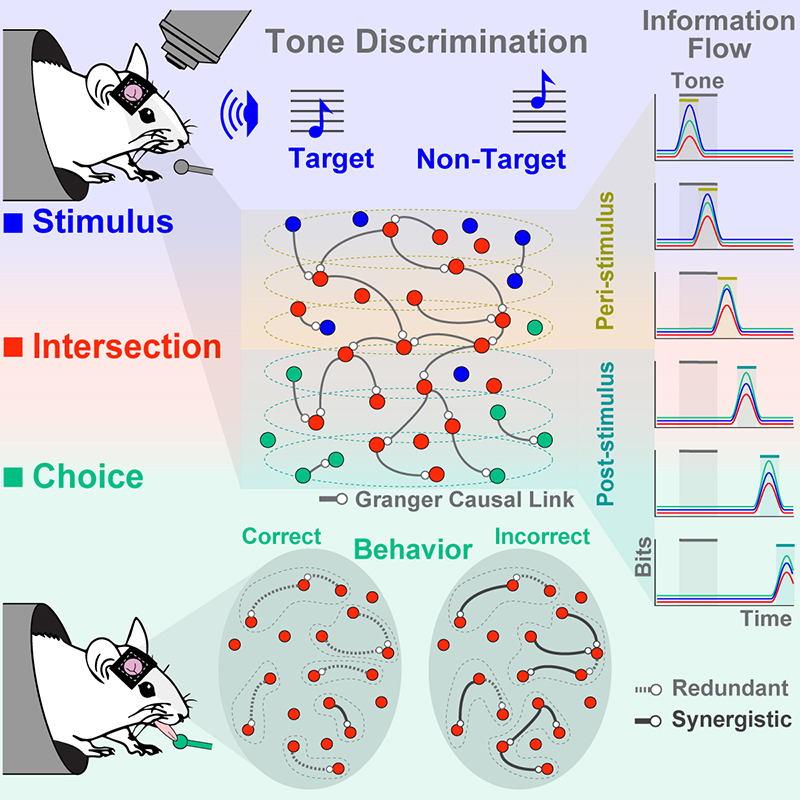News Story
Babadi research to reveal computational principles for the brain's sensory processing and behavior
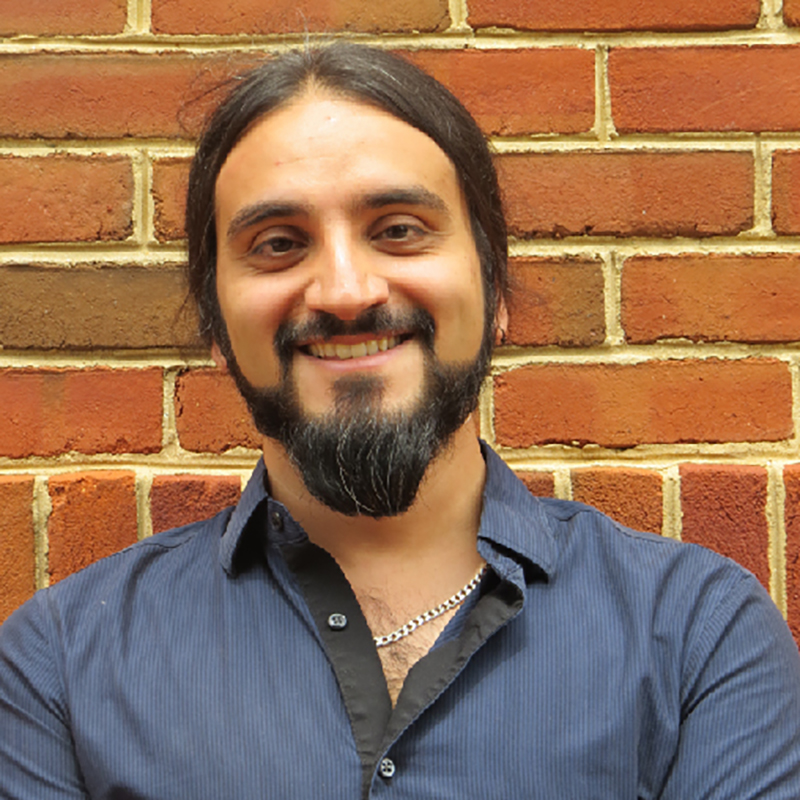
Within the brain, individual neurons are drastically variable and unreliable. Yet, when these same neurons act together in a network, they enable robust brain function and precise behavioral outcomes. How is this possible? The answer to this question may help to improve prosthetics for people with parapalegia and make possible reconfigurable neuromorphic devices.
The advent of large-scale neural recording technologies, such as two-photon calcium imaging, has enabled scientists and engineers to study the activity of large populations of neurons and decipher how they collectively encode and distill information from the external world to elicit robust behavior. However, to make full use of this data, computationally efficient and mathematically principled techniques for robust network-level inference are needed.
New research by Associate Professor Behtash Babadi (ECE/ISR) will develop methodologies to infer network-level characteristics of ensemble neuronal activity from two-photon imaging data, and will apply these methods to large-scale recordings. These methodologies will help reveal the computational principles that underlie sensory processing and behavior.
Babadi is the principal investigator for a three year, $360K National Science Foundation Electrical, Communications and Cyber Systems grant, “Robust Network-Level Inference from Neuronal Data Underlying Behavior.”
In the research, Babadi will develop a robust framework for joint inference of the intrinsic and stimulus-driven correlations of neuronal activity and design a functional taxonomy to characterize the relevance of neuronal activity to sensory processing and behavioral outcomes. He also will construct an estimation framework for capturing the dynamics and functional relevance of higher-order synchronous neuronal activity.
This project addresses several challenges faced by existing methodologies, including biased network characterization incurred by two-stage analysis pipelines, intermixing the contributions of exogenous and endogenous processes to collective neuronal activity, and studying sensory processing and behavioral elicitation as disjoint problems. By employing two-photon calcium imaging data from mice and zebrafish, the modeling and estimation framework will be used to investigate several fundamental problems in systems neuroscience, such as tonotopic diversity in the auditory cortex, interaction of sensory processing and decision-making, and visuo-motor coordination.
The project will provide signal processing solutions that can be used in neural control and neuromorphic systems such as improving neural prosthetics used by people with paraplegia. In these prosthetics, signals from the brain are used to decode the motor intent of the user. However, the signals are quite noisy and are modulated by the user's behavior, so accurate decoding currently is an unresolved challenge. Babadi’s research will shed some light on how to increase the accuracy of the decoded behavioral intents from neural recordings.
In addition, understanding how the brain performs rapid reconfigurations could help researchers design reconfigurable neuromorphic devices. Currently, most artificial intelligence architectures are static—when the system is trained, the structure is fixed and users send in an input and receive an output. The brain, however, is constantly reconfiguring its internal connections to adapt to the changes in the environment, and accordingly adjusts behavioral outcome. If neuromorphic devices could work more like the brain function, they would be more robust and useful.
Published August 25, 2020
